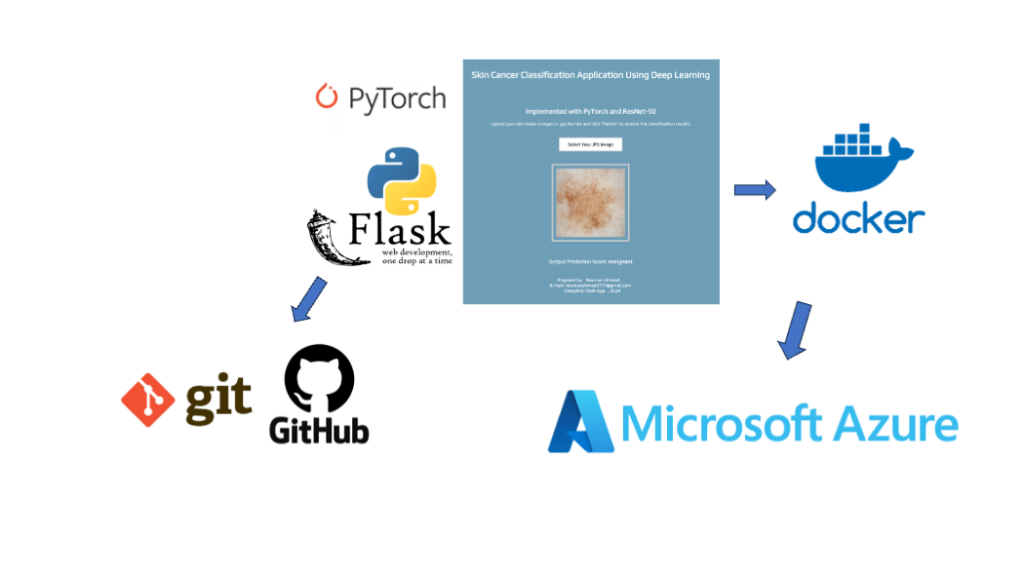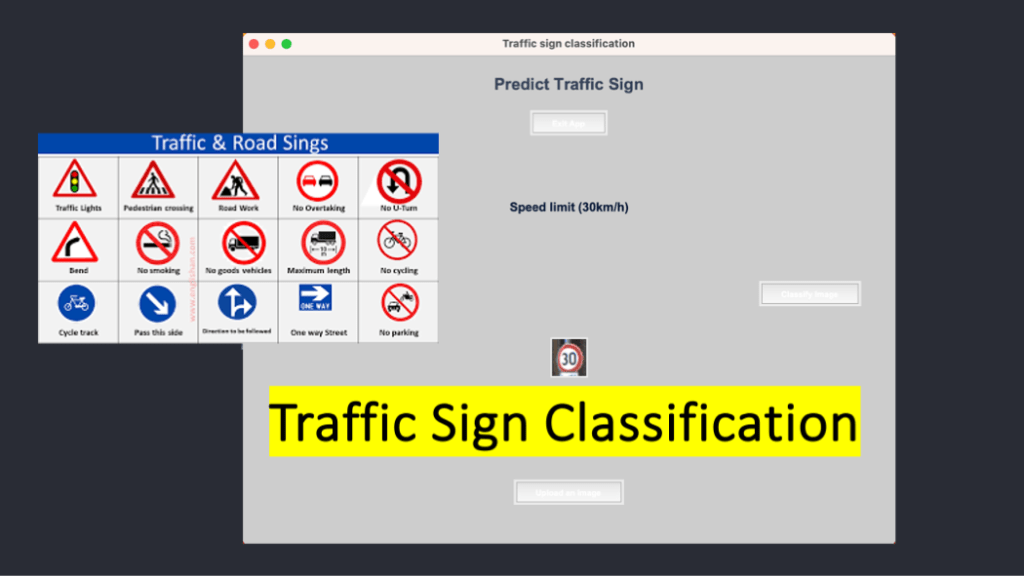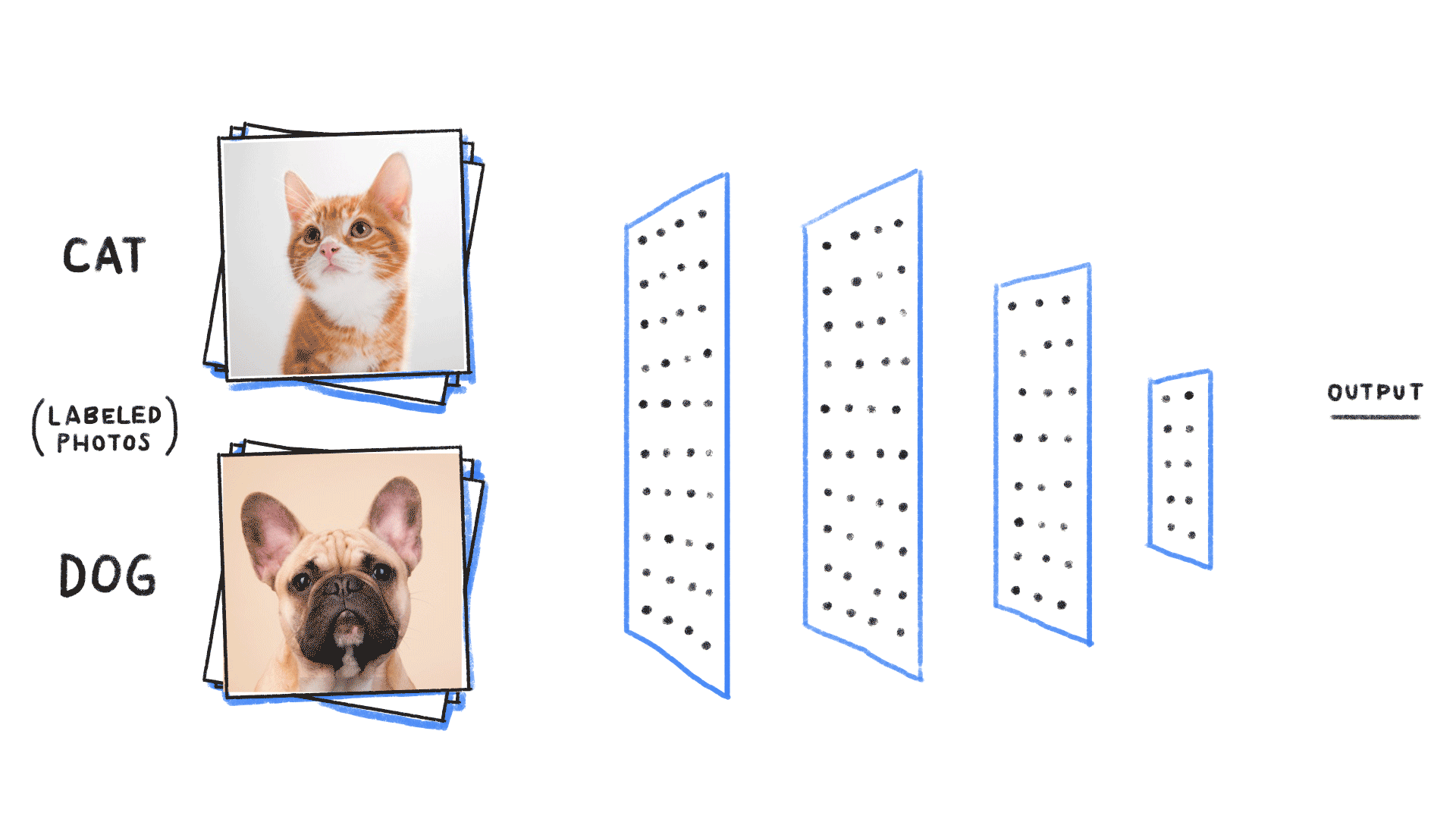Deploying a Deep Learning Skin Classification App to Google Cloud
A Step-by-Step Guide In this guide, we’ll walk you through the process of deploying a deep learning skin classification application to Google Cloud Run. Cloud Run is a fully managed platform that automatically scales your containerized applications, making it an ideal choice for deploying machine learning models. Whether you’re a data scientist or a developer, …
Deploying a Deep Learning Skin Classification App to Google Cloud Read More »









